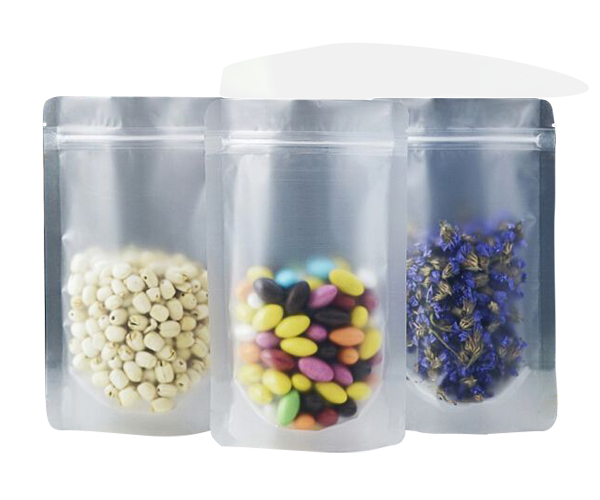Today's producers are raving about the advantages of the stand-up pouch, as they have in fact transformed how items can be revealed and merchandised at retail. They use much less product than other standard packaging techniques like containers or boxes and can be totally tailored to fit any need. Nevertheless understanding why flexible packaging can be so beneficial to your company really requires an understanding of how they are made, as they can be made more affordable and more efficiently than you'd believe.
The first thing to bear in mind about the stand-up pouch is that they are a laminated film bag, typically made from plastics or a mix of plastic movie and aluminum foil. They can be printed with any color, logo, or style, so the potential to really make an impact on retail racks is very high.
Made from a continuous web of material, the initial step in the stand-up pouch manufacturing treatment takes place when the material is traveled through a set of rakes that fold a W-shape gusset into the bottom so it can stand. If a zipper is to be part of the plan, it is sealed on the within faces of the web near the leading edge. Zippers, likewise known as zip locks, are the most access to the technique, but spouts, perforations, and other recloseable openings are likewise used.
When the gusset is formed, vertical seals are then made along the pouch's sides, and the zipper is pushed into the same location to seal its ends and lower its density. The bottom folds of the pouch are then sealed, as are seals that hold the gusset together at the ends. The pouch is then cut apart vertically through the center of the side seals to establish the container part of the bag, and it is then reached the station that will fill the pouch with the end product or packaged in cartons for shipment to the end-user.
After the item is dispensed into the pouch, it travels to another manufacturing station where the zipper is closed and the pouch is sealed once again, above the zipper. A notch is generally cut into the sides of the pouch in between the top seal and the zipper, so it is simple for end-users to open.
Stand pouches are remarkable choices for both dry food packaging and liquid items, such as pet food, liquid house cleaners, individual care products, chemical items, and granular items like salt or sugar. When total, the stand-up pouch is extremely long-lasting and user-friendly-- both for customers and for your revenues!


Comments
Post a Comment